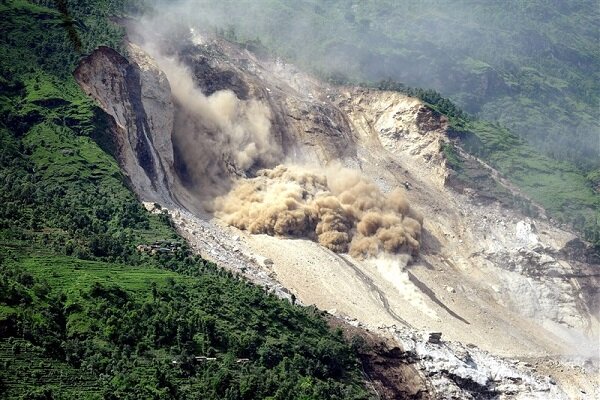Deadly Mystery Illness Claims Lives of Dozens in Northwestern Congo
A mysterious illness in northwestern Congo has raised serious health concerns as it has claimed the lives of over 50 individuals, according to doctors and the World Health Organization (WHO). This outbreak, which began on January 21 in the Democratic Republic of Congo, has resulted in 419 reported cases, including 53 fatalities. The rapid progression of symptoms has alarmed health officials, highlighting the urgent need for investigation and intervention.
The medical director of Bikoro Hospital, Serge Ngalebato, expressed his concerns, stating, “The interval between the onset of symptoms and death has been 48 hours in most cases, and that’s what’s really worrying.” This alarming timeframe indicates the potential severity of the illness and underscores the need for immediate action.
According to the WHO’s Africa office, the initial cluster of cases was identified in the town of Boloko, where three children exhibited symptoms of hemorrhagic fever and tragically succumbed within 48 hours after consuming a bat. This incident has raised questions about zoonotic diseases, which are diseases that can be transmitted from animals to humans.
- Health experts warn: The risks of zoonotic diseases are particularly concerning in regions where wild animals are commonly consumed.
- Increase in outbreaks: The WHO reports that outbreaks linked to animal-to-human transmission have surged by over 60% in Africa over the past decade.
In addition to the initial outbreak in Boloko, a second outbreak was reported on February 9 in the town of Bomate. The WHO has indicated that samples from 13 cases have been dispatched to the National Institute for Biomedical Research in Kinshasa for analysis.
Preliminary tests conducted so far have ruled out several common hemorrhagic fever viruses, including Ebola and Marburg. However, some samples have tested positive for malaria, raising further questions about the nature of the illness affecting the population.
It’s worth noting that a similar unidentified illness that resulted in numerous deaths in another region of Congo last year was later linked to malaria. This historical context emphasizes the complexity of diagnosing such illnesses in areas with limited healthcare resources.
In response to the outbreak, local health authorities and the WHO are ramping up efforts to contain the situation and prevent further loss of life. The focus is on:
- Surveillance: Intensifying monitoring of symptoms and reporting cases promptly.
- Public health education: Informing communities about the risks associated with consuming wild animals.
- Testing and analysis: Conducting thorough testing of samples to identify the causative agent of the illness.
- Collaboration: Working with international health organizations to implement effective containment measures.
The involvement of the WHO is crucial in managing this crisis. They are not only providing technical support but also working to ensure that necessary resources are available for health workers on the ground. The situation remains fluid, and as more information becomes available, public health responses will adapt accordingly.
In conclusion, the outbreak of this mysterious illness in northwestern Congo serves as a stark reminder of the potential dangers posed by zoonotic diseases. With over 50 lives lost and hundreds more affected, the urgency for a coordinated response is clear. As the WHO and local health authorities continue their efforts, the international community watches closely, hoping for a swift resolution to this emerging health crisis.






